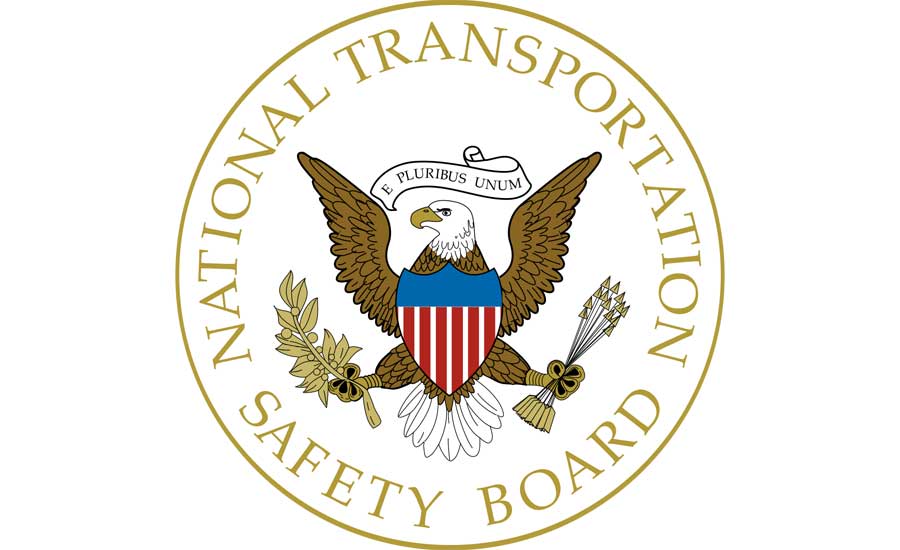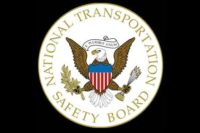According to audio taken from the cockpit voice recorder (CVR) of the cargo plane that crashed near Houston’s George Bush International Airport Feb. 23, “crew communications consistent with a loss control of the aircraft began approximately 18 seconds prior to the end of the recording.”
That description from the National Transportation Safety Board’s (NTSB) Office of Research and Engineering Vehicle Recorder Division was part of a preliminary report into the crash of Atlas Air Flight 3591, which claimed the lives of the three pilots on board. The Boeing 767-300 cargo jet, which was carrying cargo for Amazon.com Inc., and the US Postal Service, crashed in the muddy marshland of Trinity Bay Feb. 23, 2019, about 40 miles from the airport.
The airplane was destroyed. Although the condition of the crash site was challenging, NTSB investigators were able to find both the CVR and the flight data recorder.
What's been learned so far:
Directors from the Office of Research and Engineering and the Office of Aviation Safety conducted an audition of the CVR as part of the NTSB’s ongoing investigation of the accident. The audition revealed the following information, which is preliminary and subject to change as the investigation continues:
- The length of the recording is approximately two hours and was obtained from a download of a solid-state type cockpit voice recorder.
- The recording included the final portion of the flight; however, the quality of the audio is poor.
- There are times during the recording when the content of crew discussion is difficult to determine, at other times the content can be determined using advanced audio filtering.
- The crew was in communication with air traffic control and were being provided radar vectors for the runway 26L approach into George Bush Intercontinental Airport.
- Crew communications consistent with a loss control of the aircraft began approximately 18 seconds prior to the end of the recording.
54 hours of data to examine
The flight data recorder arrived at the NTSB’s Recorder Lab Sunday at 11:45 p.m. The memory module was disassembled, cleaned and dried, and download of the data was achieved Monday afternoon. Initial review of the data revealed:
The accident flight was captured, and the FDR contained a total of about 54 hours of data from 17 flights.
There were approximately 350 parameters recorded by the FDR detailing the motion of the aircraft and operation of its engines, flight controls and other systems.
NTSB recorder investigators are currently verifying and validating the FDR data, and the NTSB plans to provide a summary in an investigative update in a few days.
What's next
Technical experts in the CVR group will convene in the coming week to review the entire recording and produce a transcript of the accident recording. It will be a time-consuming process to complete the transcript.
The CVR group is one of the seven investigative groups established by the Investigator-in-Charge for the accident investigation.
Imagery of the NTSB’s investigation of the accident is available via the NTSB Flickr account at https://flic.kr/s/aHsmabxem8 and B-roll is available via the NTSB YouTube Channel at https://www.youtube.com/user/NTSBgov.
You can follow @NTSB_Newsroom on Twitter for updates on this and other NTSB investigations.


